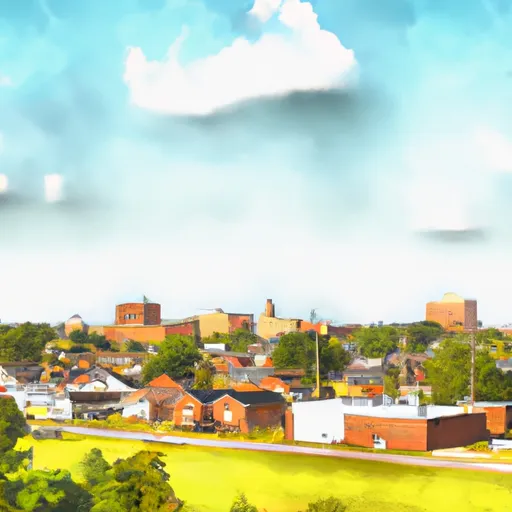°F
°F
mph
Windspeed
%
Humidity











Kipton, Ohio is a small village located in Lorain County, Ohio. It has a humid continental climate, characterized by hot, humid summers and cold winters. The average temperature in Kipton ranges from 20°F (-6°C) in winter to 84°F (29°C) in summer, with moderate precipitation throughout the year.
The village is surrounded by picturesque landscapes and offers several outdoor recreation opportunities. Kipton is situated near the Vermilion River, which flows through the area and provides opportunities for fishing, canoeing, and kayaking. The river is home to various fish species, including bass, catfish, and trout, making it a popular spot for anglers.
Additionally, Kipton is located near several state parks and nature reserves, such as the Black River Reservation and Findley State Park, offering hiking and camping opportunities. These parks provide scenic trails, picnic areas, and wildlife viewing opportunities for nature enthusiasts.
In summary, Kipton, Ohio boasts a continental climate, beautiful hydrological features like the Vermilion River, and various outdoor recreation opportunities, making it a charming destination for nature lovers and outdoor enthusiasts.
Weather Forecast
Kipton receives approximately 969mm of rain per year, with humidity levels near 79% and air temperatures averaging around 10°C. Kipton has a plant hardyness factor of 6, meaning plants and agriculture in this region thrive during a short period during spring and early summer. Most plants will die off during the colder winter months.



